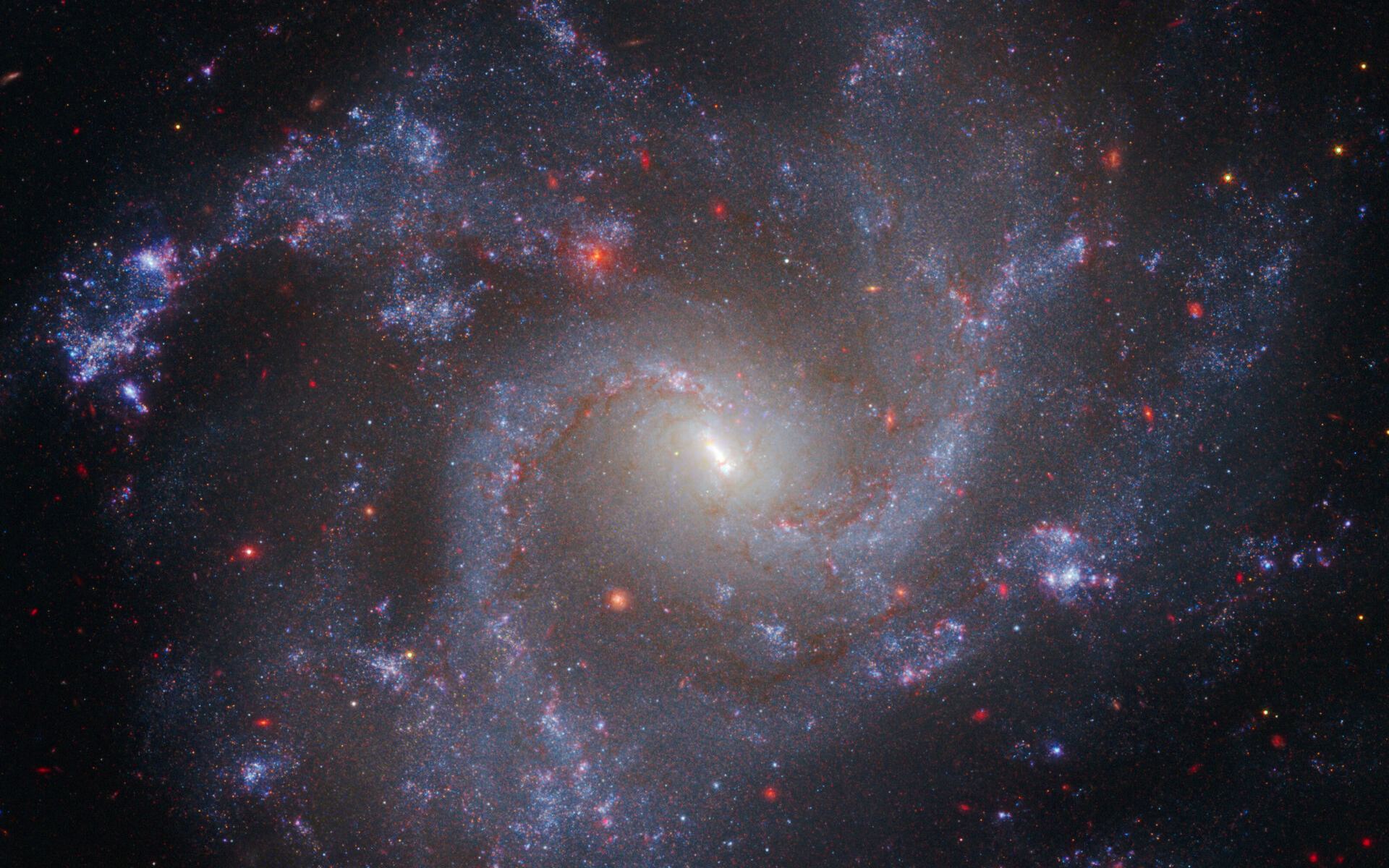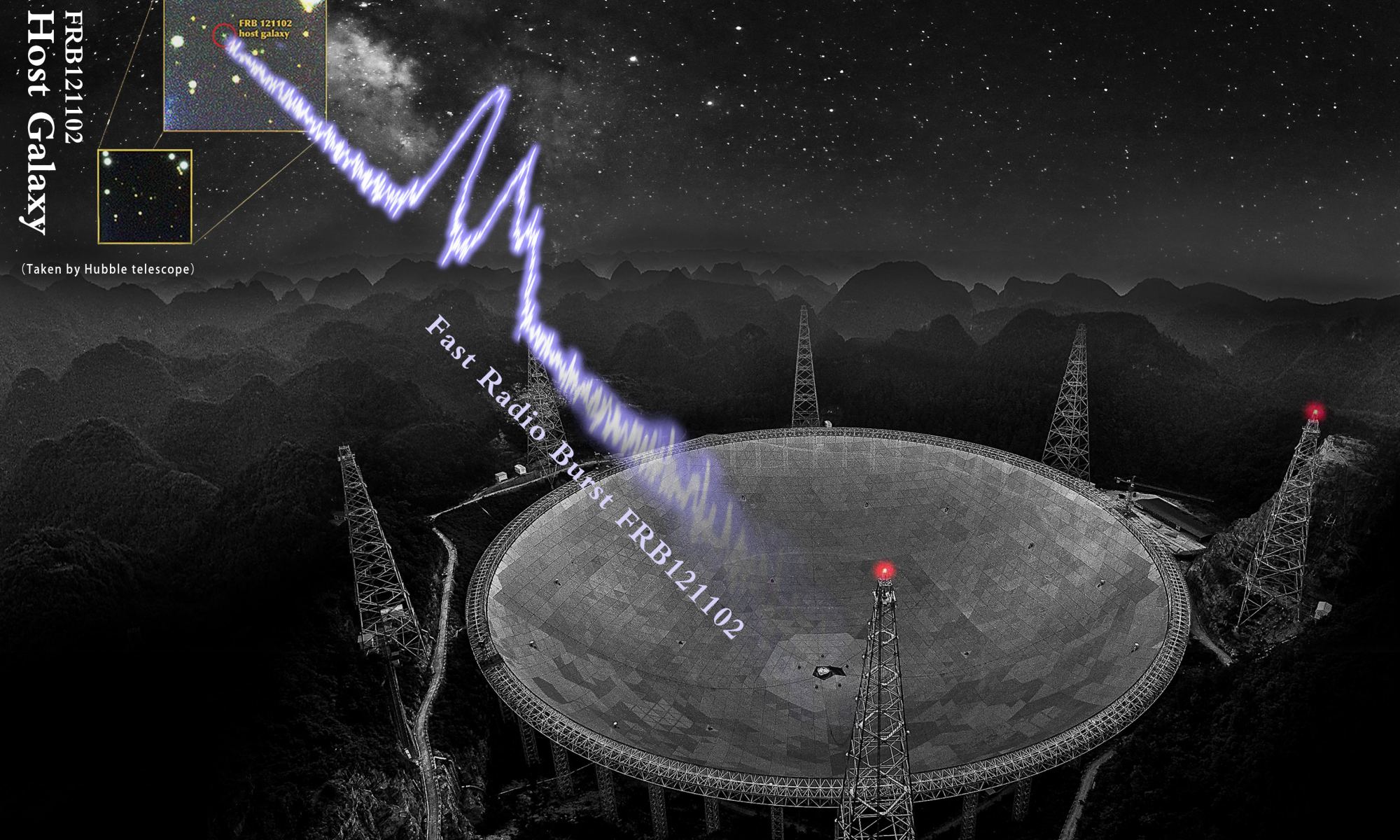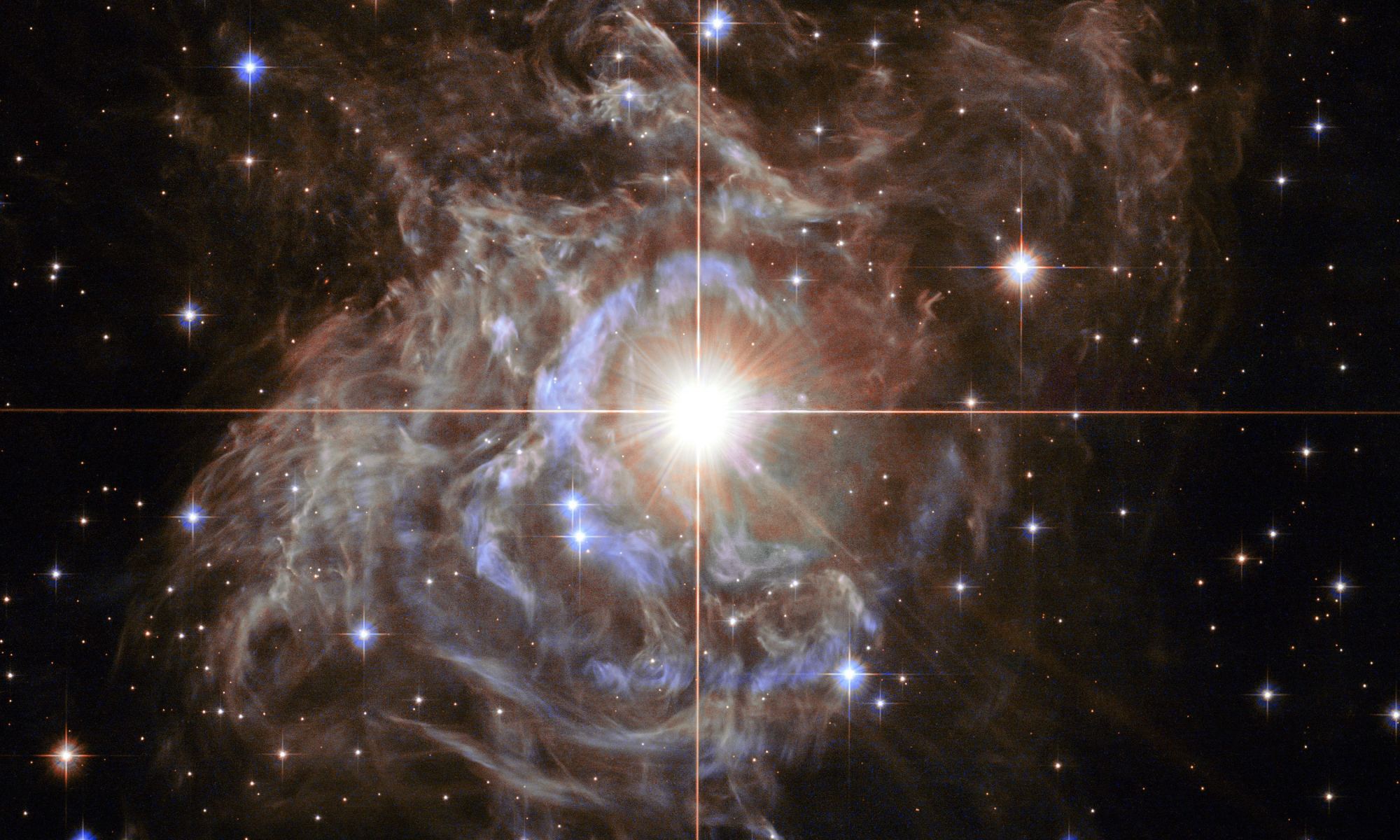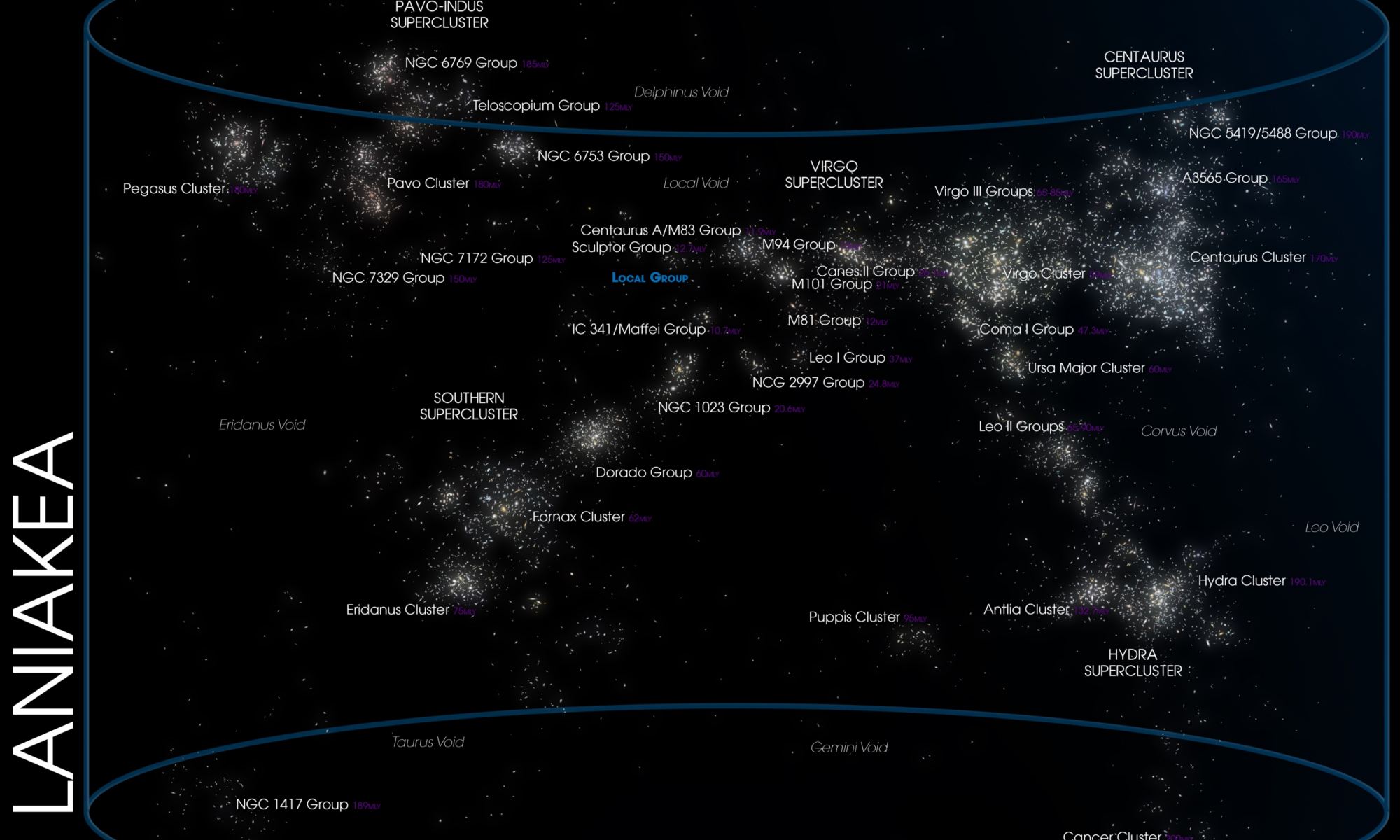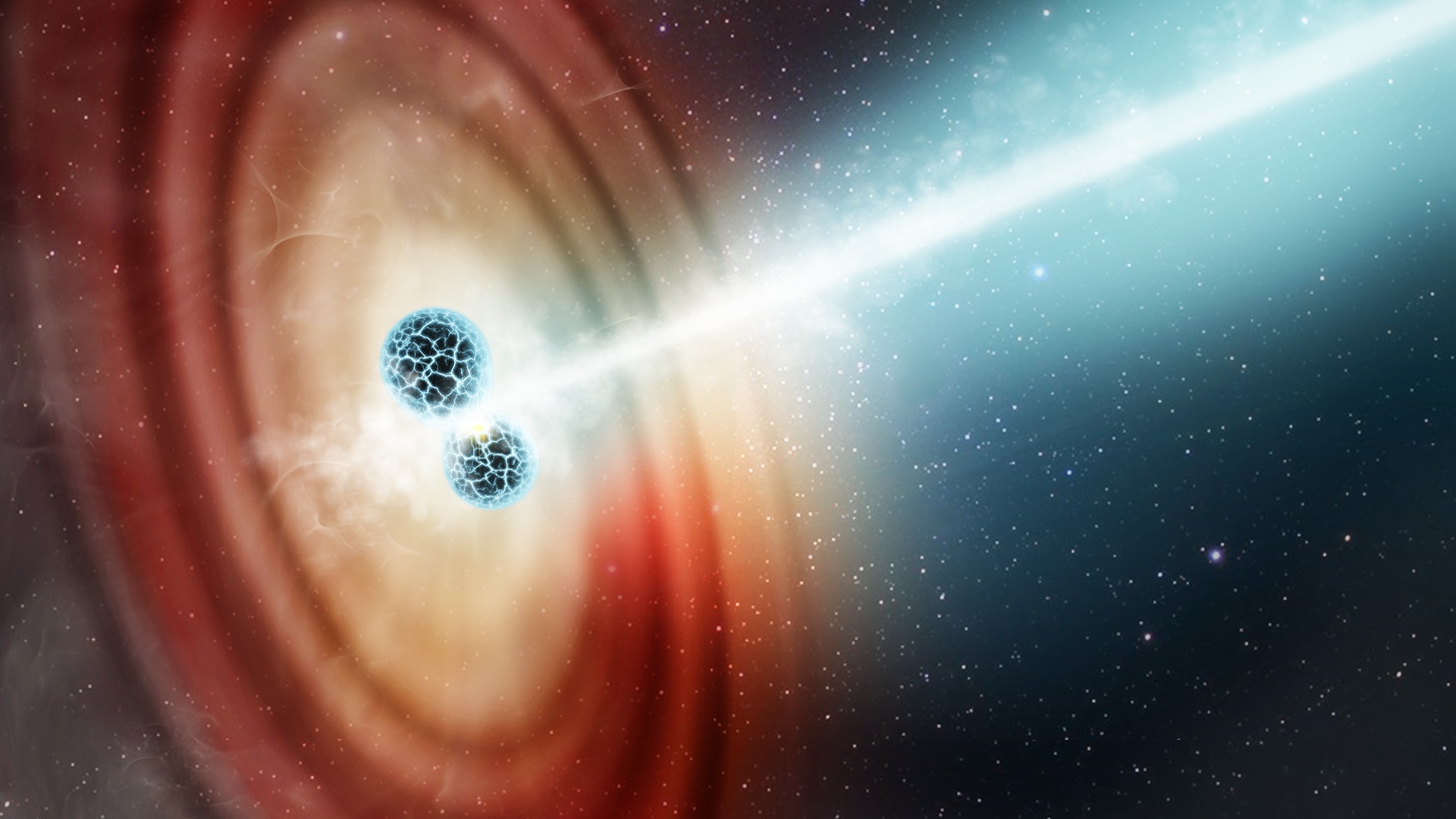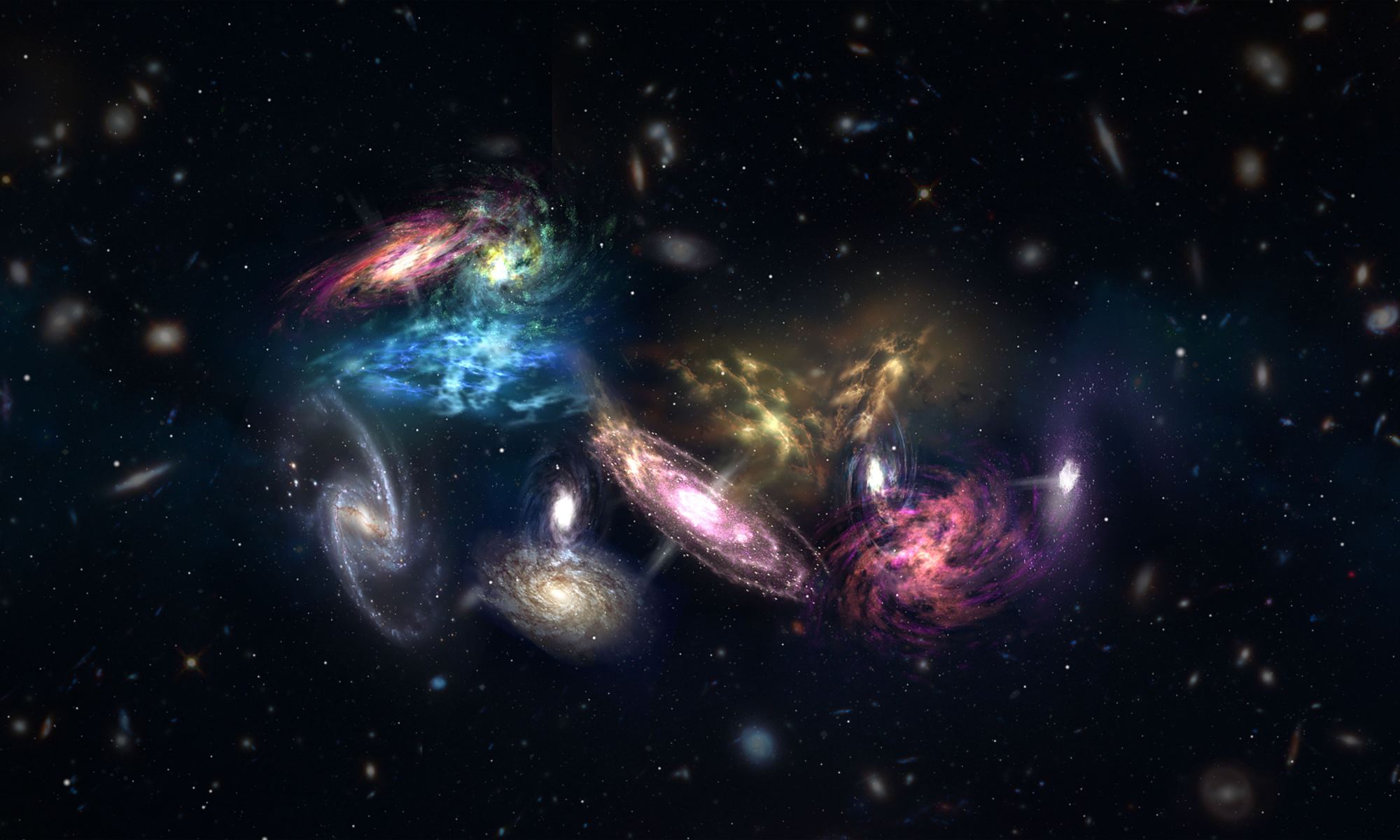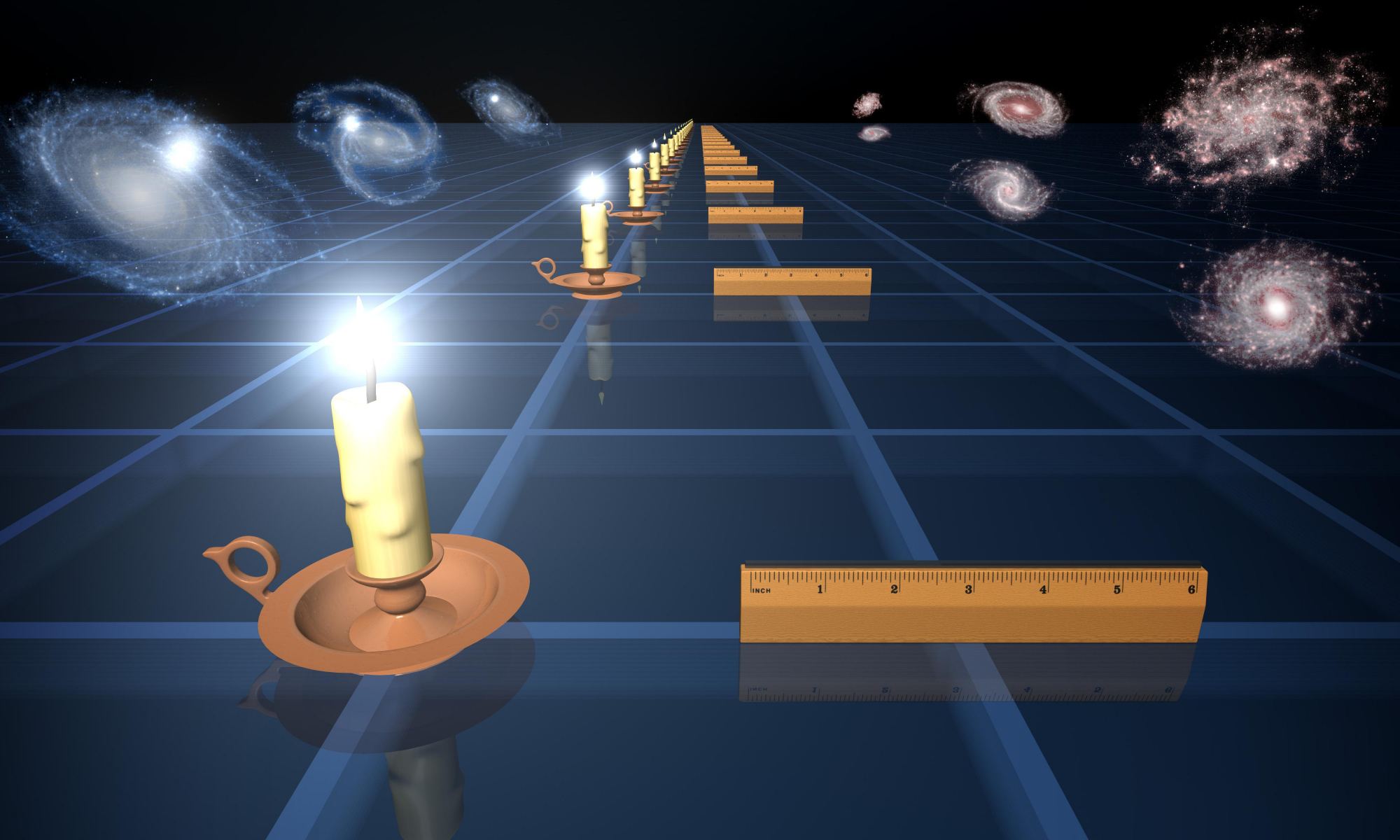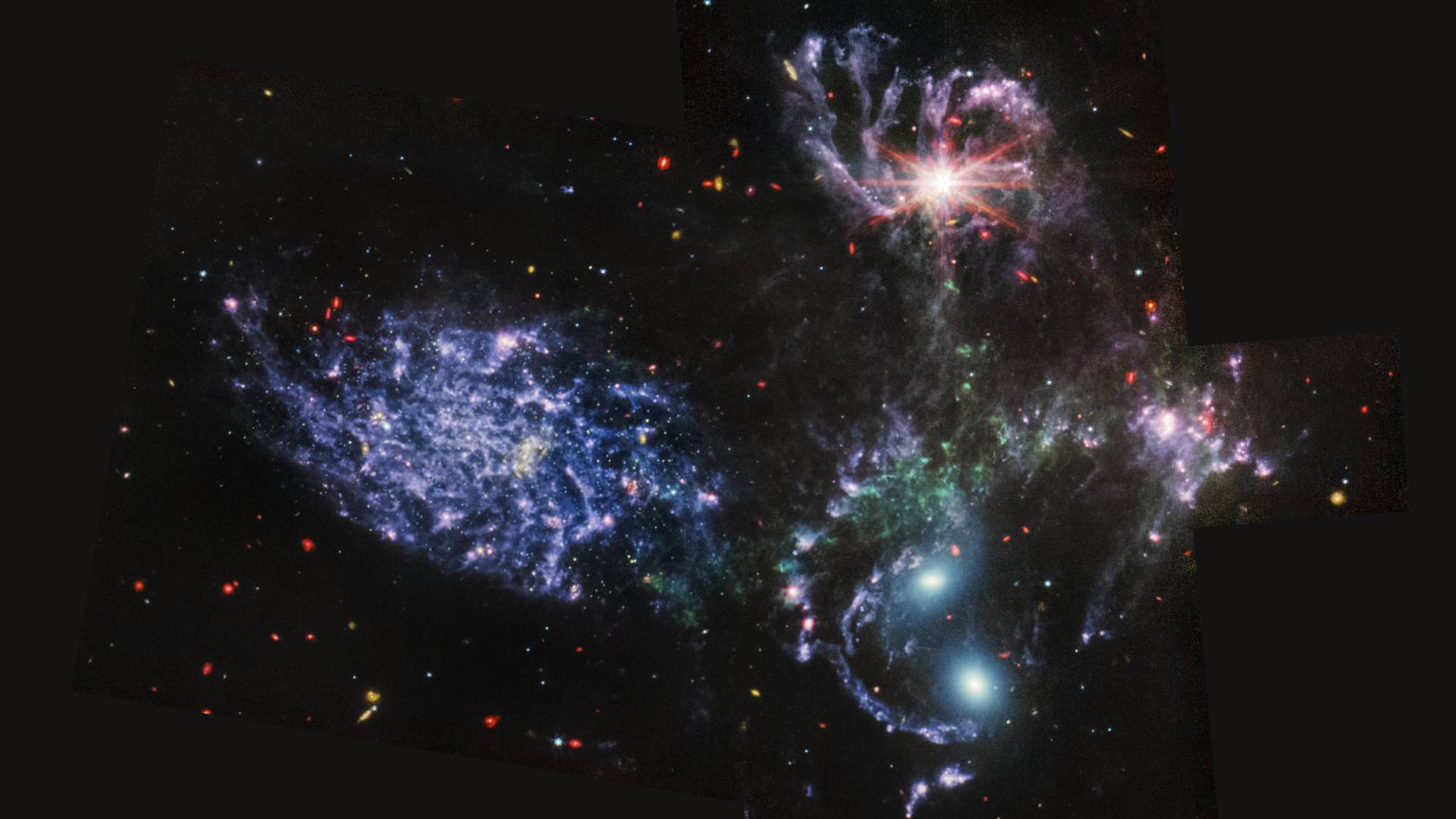Of all the mysteries facing astronomers and cosmologists today, the “Hubble Tension” remains persistent! This term refers to the apparent inconsistency of the Universe’s expansion (aka. the Hubble Constant) when local measurements are compared to those of the Cosmic Microwave Background (CMB). Astronomers hoped that observations of the earliest galaxies in the Universe by the James Webb Space Telescope (JWST) would solve this mystery. Unfortunately, Webb confirmed that the previous measurements were correct, so the “tension” endures.
Since the JWST made its observations, numerous scientists have suggested that the existence of Early Dark Energy (EDE) might explain the Hubble Tension. In a recent study supported by NASA and the National Science Foundation (NSF), researchers from the Massachusetts Institute of Technology (MIT) suggested that EDE could resolve two cosmological mysteries. In addition to the Hubble Tension, it might explain why Webb observed as many galaxies as it did during the early Universe. According to current cosmological models, the Universe should have been much less populated at the time.
Continue reading “Early Dark Energy Could Resolve Two of the Biggest Mysteries in Cosmology”


